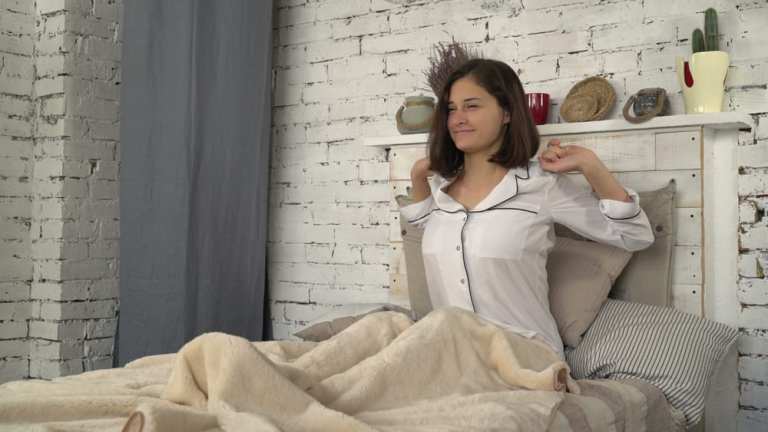
While there aren’t too many universally common experiences among human beings, eating and sleeping will always and everywhere make the list. Of the two, eating is the more obviously monetizable activity, since food (or something like it) is something than can be sold directly to a consumer. Sleep, on the other hand, is slightly more challenging — since sleeping is something that anyone can do for free, more or less.
But sleeping better? That is something the retail economy is happy to help with — via better mattresses, smarter wearables, high-end bed linens and luxury pajamas. According to McKinsey and BCC Research, sleeping better is now an industry that brings in $30 billion and $40 billion annually — and that is not counting the $76.7 billion or so that will be spent worldwide on sleeping medications.
And an increasingly valuable player in the race to build the ideal nighttime lifestyle brand are pajama makers, though the current in vogue term for PJs is sleepwear. Though once entirely the domain of ratty T-shirts and sweatpants, sleepwear is an area where shoppers now spend $7.8 billion, an 8 percent annual increase, according to NPD.
And while the switch to the sleepwear title might seem a bit snooty for the clothes people wear to sleep and binge-watch Netflix, at the luxury price points an increasing number of brands are coming in at, pajamas honestly does seem a bit informal. Sleepy Jones, a luxury pajama brand started by Andy Spade, offers $200 cottom pajama sets and has been called the Lululemon of the pajama industry. Lusomé, a Canadian luxury sleepwear company, starts at a more affordable $80 price point for nightgowns, and boasts Xirotex, a new fabric that fights moisture and claims to be good for menopause symptom relief.
But the brand that is widely credited with kicking off the luxury sleepwear concept is Lunya. Launched in 2012, the brand offers a range of prices depending on material or design, but a shopper can reasonably expect to pay between $100 and $400 for her sleepwear configuration of choice. Ashley Merrill, Lunya’s founder and CEO, noted that she hasn’t always been a luxury sleepwear devotee, and that her firm and its push toward putting people into high-end loungewear is about more than “giving people something else to buy.” She wanted to build something that did more for its wearers.
“I used to wear his old fraternity shirts around the apartment a lot. They were baggy and comfortable, but they never made me feel very sexy or empowered,” she said.
Are a pair of $200+ pajamas worth it — considering that finding sleepwear isn’t an overwhelming challenge in the market as of 2019? Value is of course a nebulous concept, and pajama are worth what anyone will pay for them. It is perhaps notable, however, that it Lunya took some time to catch on with consumers. Though it formed an early and very loyal base of users early on, and has been generating buzz for some time on social media, the brand was in business for nearly five years before it first turned a profit in 2017. And, Merrill noted, price is a factor — consumers do have to come around to the idea of spending more on something they will rarely display than they would on the clothing they wear to present themselves to the world.
But, notably, Lunya has become profitable, despite limited marketing investments, grown mostly by word-of-mouth by loyal fans. The brand’s efforts at customer acquisition have also been boosted by its decision to open physical stores (known as bedrooms) in a few strategic locations. Those stores, according to Merrill, were not in the original plan for the business — which was conceived as DTC and online only — but have been critical to its success. Consumers often want to see, feel and try a product before investing a largish sum in it sight unseen.
And the reviews have been positive, bordering on ecstatic.
“When I finally gave in and tried sleeping in it, I was shocked by the results. I felt so relaxed wearing this getup in the danger zone that was my bed that something miraculous happened: I actually fell sound asleep,” one grateful lifelong insomniac wrote for the Huffington Post.
There is good news for those who value sleep but aren’t quite in the market for a custom set of pajamas to help them along. The National Sleep Foundation notes there are many free or low-cost ways to get better sleep — having more sex, getting exercise, changing bed linens often and sleeping in the nude all make the list.
But Lunya believes that sometimes things worth getting — like a good night sleep — just might be worth investing a bit more in. And, as its growing audience seems to attest, the brand is profitably talking people into making that investment.